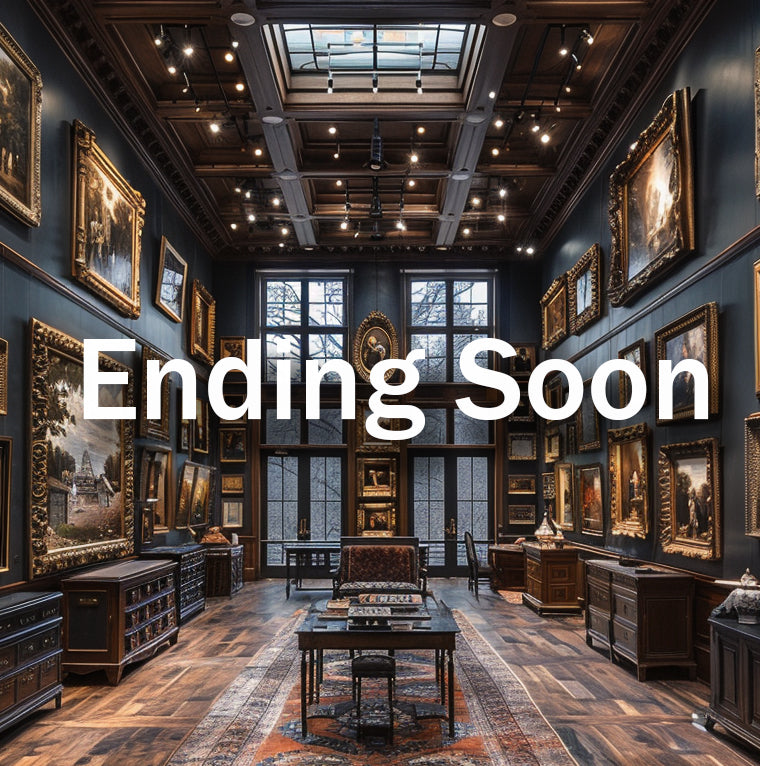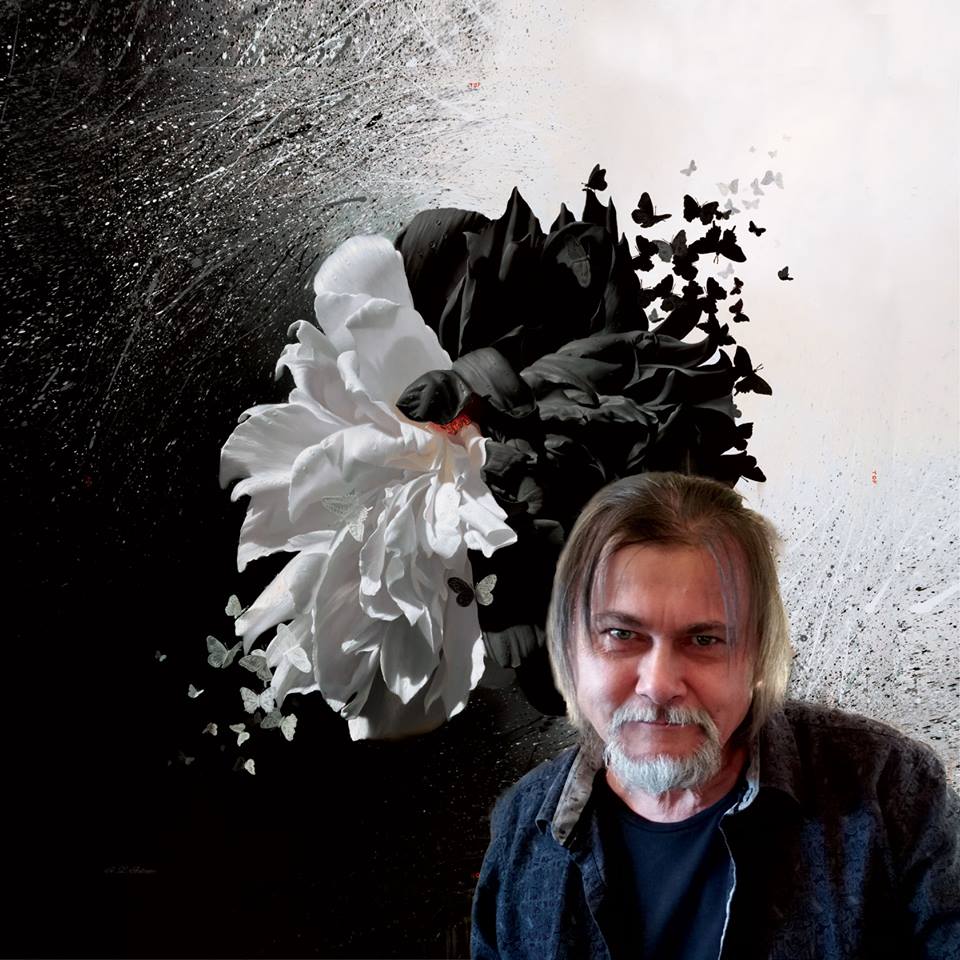Shipping
Use this text to answer questions in as much detail as possible for your customers.
Use this text to answer questions in as much detail as possible for your customers.
Returns
Use this text to answer questions in as much detail as possible for your customers.








